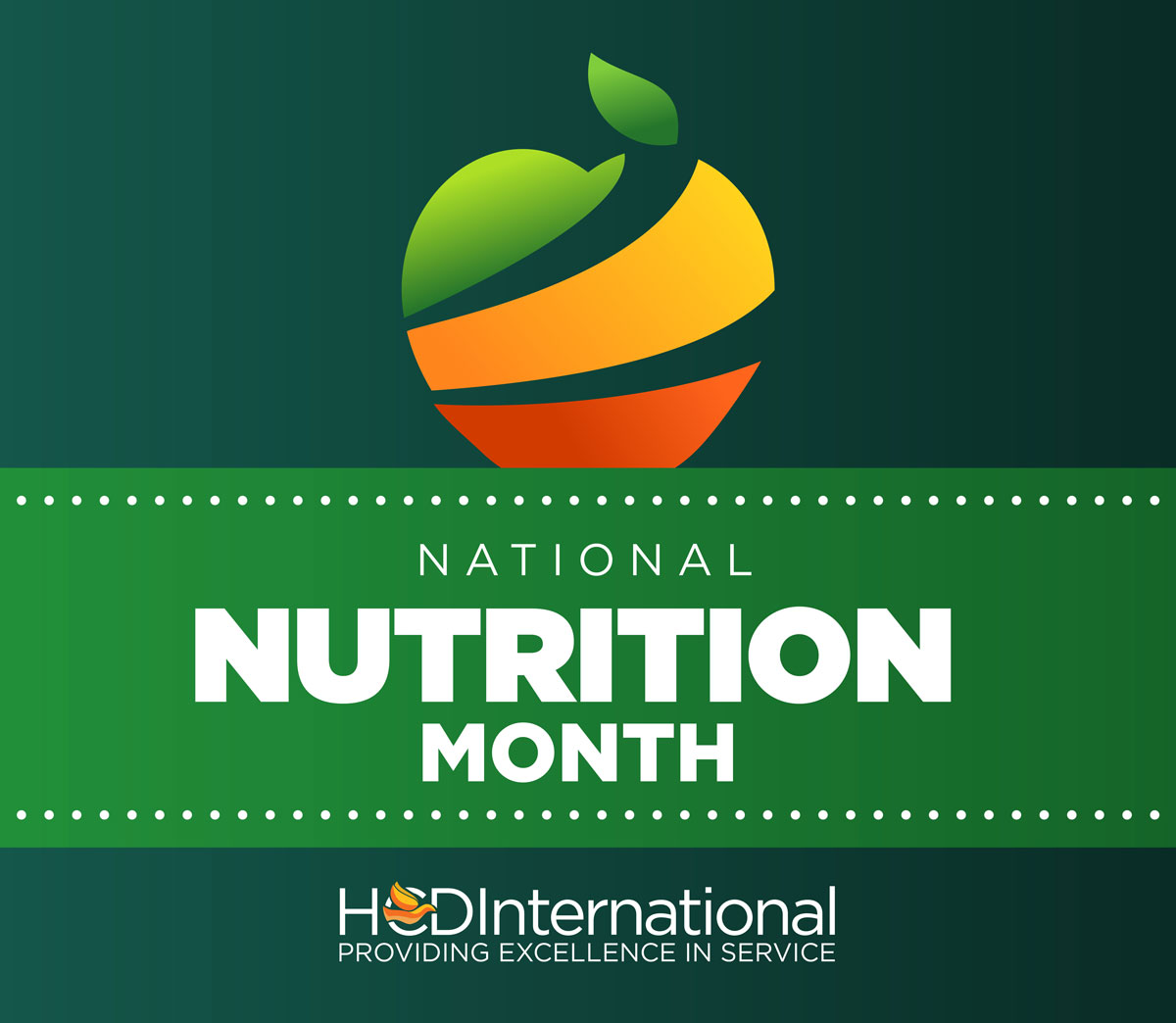A Healthy People 2030 Spotlight: National Nutrition Month and Access to Healthy Foods
HCDI’s Data-Driven Approach Gets to the Root Cause of Food Insecurity
By HCDI Communications
 March is National Nutrition Month where we raise awareness of the importance of making informed food choices and developing healthful eating and physical activity habits to live longer, healthier lives. For disadvantaged, at-risk populations, living in urban, suburban, and rural areas where food swamps or food deserts exist and access to or being able to afford healthy food is a struggle, food insecurity is evident.
March is National Nutrition Month where we raise awareness of the importance of making informed food choices and developing healthful eating and physical activity habits to live longer, healthier lives. For disadvantaged, at-risk populations, living in urban, suburban, and rural areas where food swamps or food deserts exist and access to or being able to afford healthy food is a struggle, food insecurity is evident.
In 2020, 13.8 million households were food insecure at some point during the year. Food insufficiency is a serious public health issue that leads to an increased risk for negative health outcomes including malnutrition, obesity and diabetes. It is not only linked to negative health outcomes in adults, but also children. Poor nutrition can cause children to have trouble concentrating in school.
A common social determinant of health barrier, food insecurity is associated with income, employment, disability, and race/ethnicity. When the money to buy food is limited, due to low income, unemployment or being disabled, it makes it more difficult to meet basic household food needs and causes food insufficiency. Disabled adults are at a higher risk for food insecurity due to limited employment opportunities and health care expenses that affect their ability to afford healthy foods.
Poor neighborhood conditions, physical access to food, and lack of transportation cause racial/ethnicity health disparities. In 2020, African American households (21.7%) were two times more likely to be food insecure than the national average (10.5%).
The location and number of quality grocery stores, food services, farmers markets, and community gardens influence the availability of healthy foods in communities. People living in some urban areas, rural areas, and low-income neighborhoods often lack transportation to grocery stores as well.
Healthy People 2030 advocates for developing community food support programs that offer reduced food prices to encourage healthier choices among those who lack access to healthy foods. Moreover, establishing nutrition assistance and counseling programs in schools and the workplace can help children and adults eat healthier foods to lower their risk of diseases.
Today, food programs like the National School Lunch Program (NSLP); the Women, Infants, and Children (WIC) program; and the Supplemental Nutrition Assistance Program (SNAP), are currently addressing food insecurity. Healthy People 2030 also suggests increasing benefit amounts and addressing unemployment to reduce food insecurity and hunger within households.
Healthy People 2030 Objectives
Although Healthy People 2030 data shows household food insecurity and hunger are decreasing, more needs to be done to meet the target goal. There has also been little to no change to eliminate food insecurity among children.
| Objective | Most Recent Data | Target | Baseline | Status |
| Reduce household food insecurity and hunger
|
10.2% (2021)
|
6.0%
|
11.1% of households were food insecure (2018)
|
Improving |
| Eliminate very low food security in children
|
0.74% (2021)
|
0.00% | 0.59% of households with children under 18 years had very low food security among children (2018) | Little to no detectable change; decrease desired
|
HCDI’s Data-Driven Approach to Improve Access to Healthy Food
This past year, HealthCare Dynamics International (HCDI) worked on a special food insufficiency project. Through careful geographic data analysis, we found that one county in the D.C., Maryland, Virginia (DMV) area has extreme poverty, which negatively affects residents’ access to healthy food.
To better understand the needs of the county, HCDI administered a food insecurity assessment survey to over 70 English and Spanish speaking, disadvantaged residents within ten (10) target zip codes and held two (2) small group discussions with adults aged 24-55 years old and seniors aged 56-75 years. More than 50% of participants indicated they:
- Cut or skip meals due to lack of funds to purchase healthy food
- Cannot afford to eat balanced meals often
- Worry about running out of food
- Do not qualify for food assistance programs
- Use government food support programs like WIC and SNAP
- Attend food pantries and church food programs
- Rely on food banks and pantries due to their limited income because of social security benefits
- Do not know community gardens are available in their immediate area
Our research, at HCDI, also concluded that those living below the poverty level need more supermarkets in their communities and more awareness about food programs and community gardens. Additionally, having better hours and transportation services to food pantries would increase participation and likewise reduce food insecurity and improve health outcomes.
To learn more about HCDI’s health equity engagement services, visit hcdi.com or contact us directly at info@hcdi.com.






